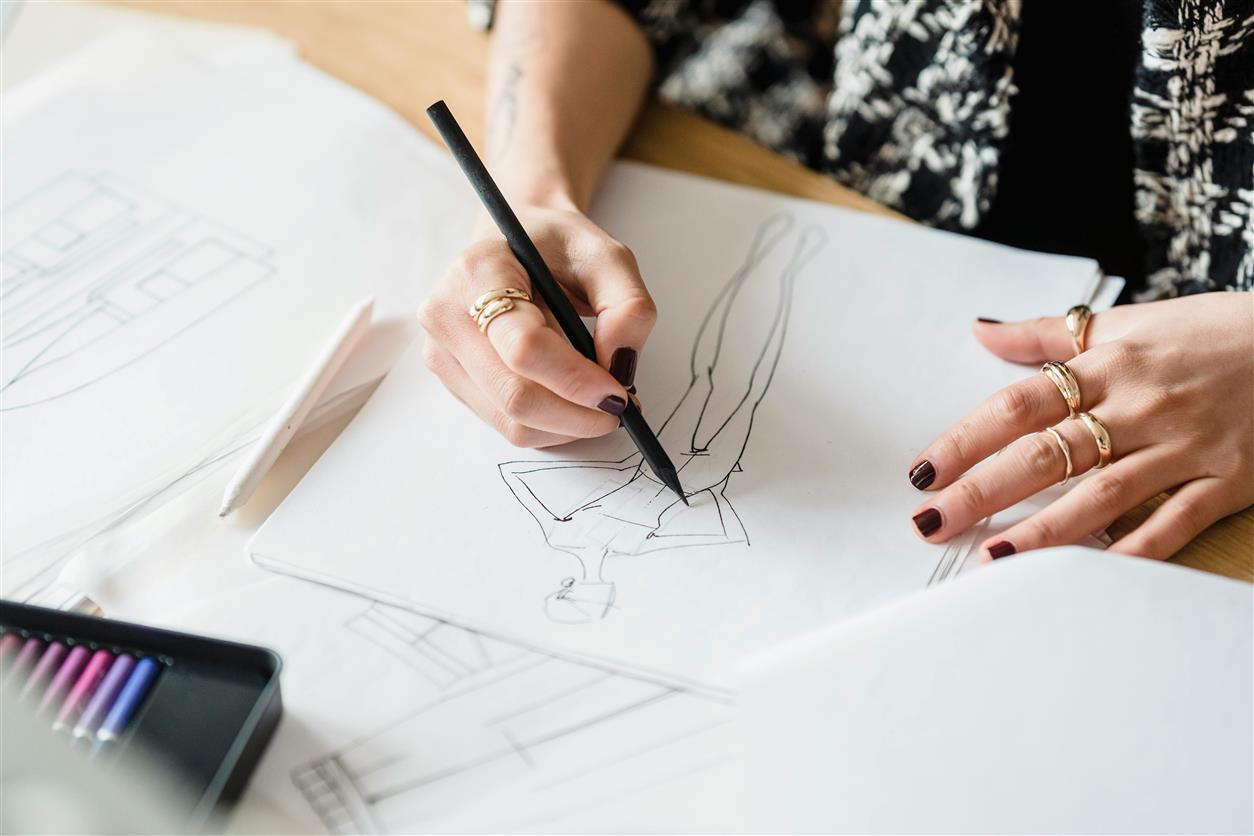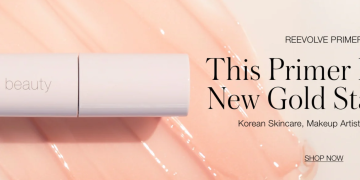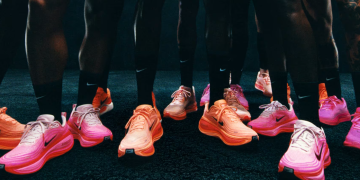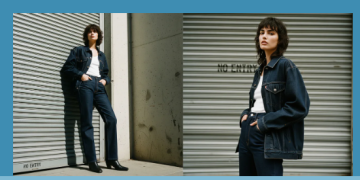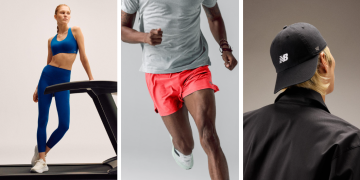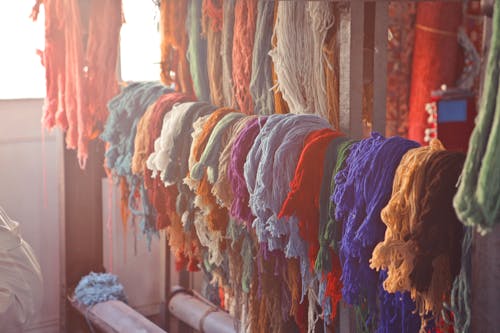
The intersection between art and fashion is a dynamic and evolving relationship that has significantly shaped trends and styles throughout history. Artists and designers have long drawn inspiration from each other, creating a rich tapestry of creativity that continually pushes the boundaries of both fields. This essay explores how art influences fashion, examining the historical context, notable collaborations, and the ongoing impact of artistic expression on modern trends.
1. Historical Context: The Confluence of Art and Fashion
1.1. The Renaissance and Baroque Eras
During the Renaissance and Baroque periods, art and fashion were closely intertwined, with fashion serving as a reflection of artistic trends. The opulent garments of the time, characterized by elaborate embroidery and rich fabrics, mirrored the grandeur of paintings and sculptures. Artists like Titian and Rubens often depicted their subjects in contemporary fashion, creating a visual record of the era’s styles.
1.2. The 20th Century: A Turning Point
The 20th century marked a significant shift in the relationship between art and fashion. The avant-garde movements of the early 1900s, such as Cubism and Surrealism, began to influence fashion designers. Designers like Elsa Schiaparelli and Salvador Dalí collaborated on designs that incorporated surrealist motifs, pushing the boundaries of traditional fashion.
- Schiaparelli and Dalí Collaboration: Elsa Schiaparelli’s collaboration with Salvador Dalí in the 1930s resulted in iconic designs such as the “Lobster Dress,” which featured a surrealist lobster print. This collaboration highlighted the growing synergy between art and fashion, blending artistic imagination with wearable design.
1.3. Contemporary Influence
In recent decades, the influence of art on fashion has continued to evolve. Contemporary designers frequently draw inspiration from various art movements, incorporating artistic techniques and motifs into their collections. The rise of digital art and multimedia also plays a significant role in shaping modern fashion trends.
2. Notable Collaborations and Artistic Influences
2.1. Art Movements and Fashion
- Pop Art: The Pop Art movement of the 1960s, led by artists like Andy Warhol and Roy Lichtenstein, greatly influenced fashion. Warhol’s iconic Campbell’s Soup Cans and Lichtenstein’s comic-strip-inspired works became motifs in fashion collections, reflecting a blend of high art and popular culture.
- Abstract Expressionism: The abstract expressionist movement, with artists like Jackson Pollock and Mark Rothko, inspired fashion designers to experiment with bold colors and abstract patterns. The use of vibrant, splattered patterns and color blocking became prevalent in fashion collections influenced by abstract art.
2.2. Designer-Artist Collaborations
- Yves Saint Laurent and Mondrian: Yves Saint Laurent’s 1965 collection was inspired by Piet Mondrian’s abstract paintings. The collection featured dresses with geometric patterns and primary colors, paying homage to Mondrian’s work and demonstrating how art can directly influence fashion design.
- Jean-Paul Gaultier and Art: Jean-Paul Gaultier’s work is known for its artistic references, from Madonna’s iconic cone bra to his use of punk and street art elements. Gaultier’s designs often incorporate artistic motifs and challenge conventional fashion norms.
2.3. Museums and Fashion Exhibitions
- The Met Gala: The Metropolitan Museum of Art’s annual Met Gala often features themes that celebrate the intersection of art and fashion. Past themes, such as “Camp: Notes on Fashion” and “Heavenly Bodies: Fashion and the Catholic Imagination,” showcase how fashion designers interpret and reflect artistic concepts.
- Fashion Exhibitions: Museums and galleries around the world frequently host exhibitions that explore the relationship between art and fashion. Exhibitions such as “The Fashion World of Jean Paul Gaultier” and “Christian Dior: Designer of Dreams” provide insight into how designers draw inspiration from artistic movements.
3. The Creative Process: How Art Inspires Fashion Design
3.1. Conceptual Inspiration
- Visual Art as a Muse: Fashion designers often draw inspiration from visual art, using paintings, sculptures, and installations as a starting point for their collections. The colors, textures, and themes found in art can inspire new design ideas and innovative approaches to fashion.
- Artistic Techniques: Designers may incorporate artistic techniques, such as brushstroke patterns or collage effects, into their garments. This approach allows designers to translate artistic concepts into fashion, creating pieces that are both visually striking and conceptually rich.
3.2. Artistic Collaboration
- Working with Artists: Collaborations between designers and artists can result in unique and groundbreaking collections. These partnerships often combine the technical expertise of fashion design with the creative vision of artists, resulting in innovative and visually compelling garments.
- Cross-Disciplinary Projects: Fashion and art often intersect in cross-disciplinary projects, where designers and artists work together to create installations, performances, or multimedia experiences. These projects highlight the synergy between art and fashion and explore new ways of presenting both forms of expression.
4. The Impact of Art on Modern Fashion Trends
4.1. Influences on Street Style
- Art-Inspired Streetwear: Contemporary streetwear often incorporates artistic elements, from graffiti-inspired prints to abstract patterns. This fusion of art and fashion reflects the influence of urban culture and artistic expression on everyday fashion.
- Celebrity and Art: Celebrities frequently embrace art-inspired fashion, wearing garments that feature artistic prints or collaborate with designers known for their artistic vision. This trend highlights the growing influence of art on popular culture and fashion.
4.2. The Role of Digital Art
- Virtual Fashion Shows: Digital art and technology play a significant role in modern fashion, with virtual fashion shows and digital runway presentations becoming increasingly popular. These innovations allow designers to explore new ways of showcasing their collections and integrating artistic elements.
- Augmented Reality: Augmented reality (AR) applications enable consumers to interact with fashion in new and innovative ways. AR allows users to visualize how garments inspired by art will look on them, enhancing the shopping experience and bridging the gap between art and fashion.
4.3. The Future of Art and Fashion
- Sustainable Design: The influence of art on fashion also extends to sustainability, with designers incorporating eco-friendly practices and materials into their collections. Artistic approaches to sustainability, such as upcycling and creative reuse, contribute to a more environmentally conscious fashion industry.
- Global Perspectives: The global exchange of artistic influences continues to shape fashion trends, with designers drawing inspiration from diverse cultural and artistic traditions. This cross-cultural exchange enriches the fashion landscape and promotes a more inclusive and diverse industry.
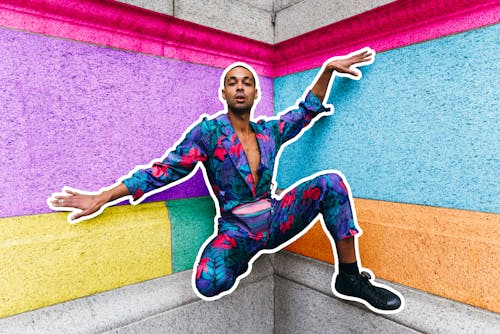
5. Conclusion
The influence of art on fashion is a testament to the profound connection between these two creative fields. Throughout history, art has inspired fashion designers to experiment with new styles, techniques, and concepts, resulting in garments that are both visually captivating and culturally significant. From historical collaborations to contemporary innovations, the relationship between art and fashion continues to evolve, shaping trends and redefining the boundaries of both disciplines. As art and fashion move forward, their interplay will undoubtedly continue to inspire and influence, creating a dynamic and ever-changing landscape of creativity and expression.
4o mini

